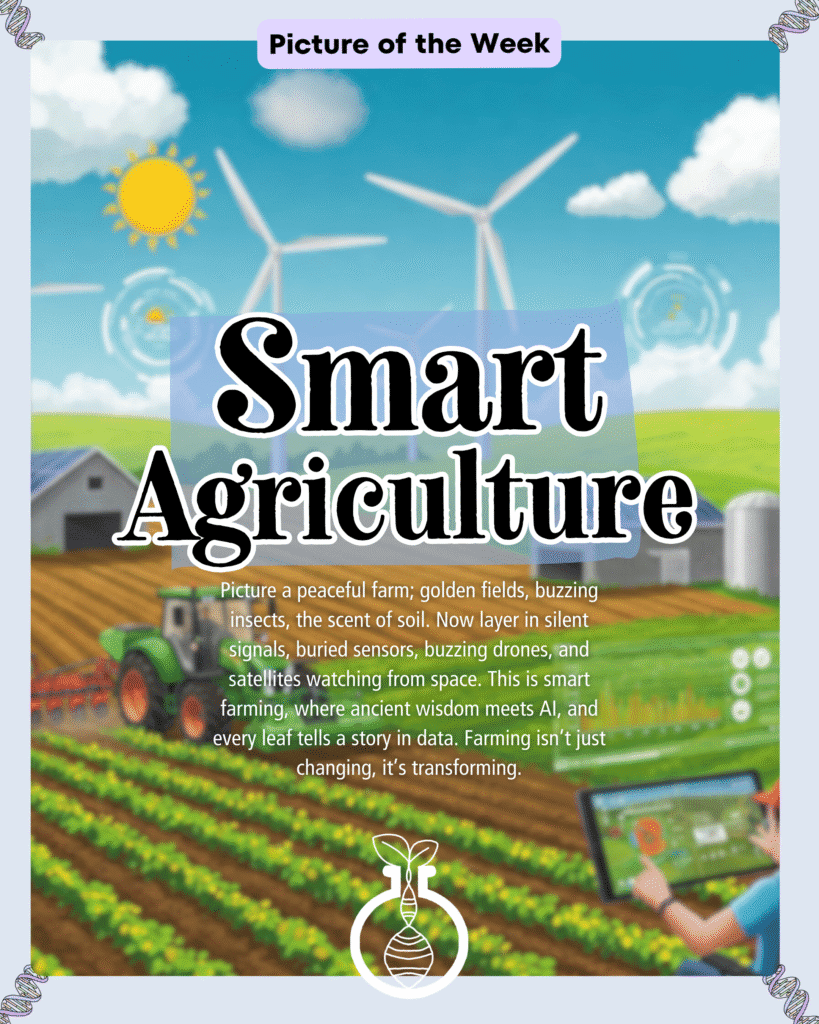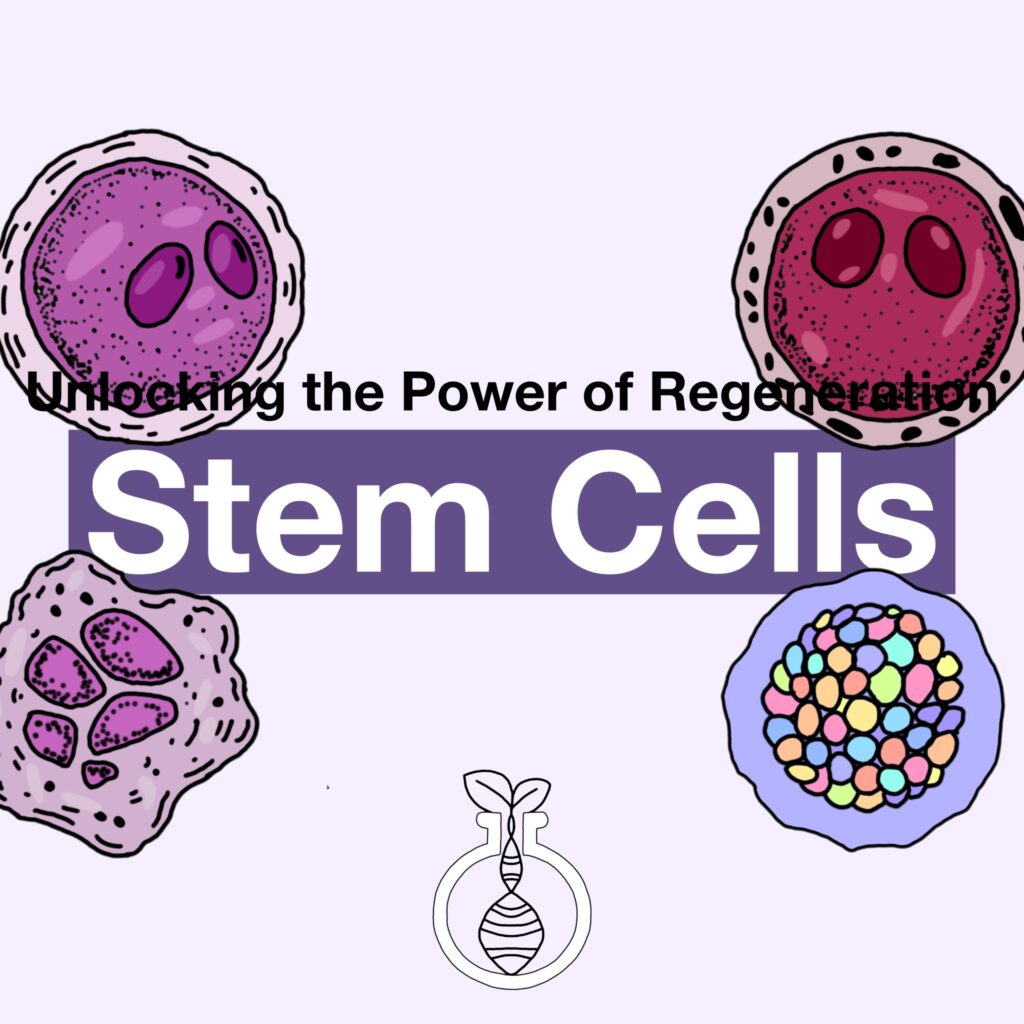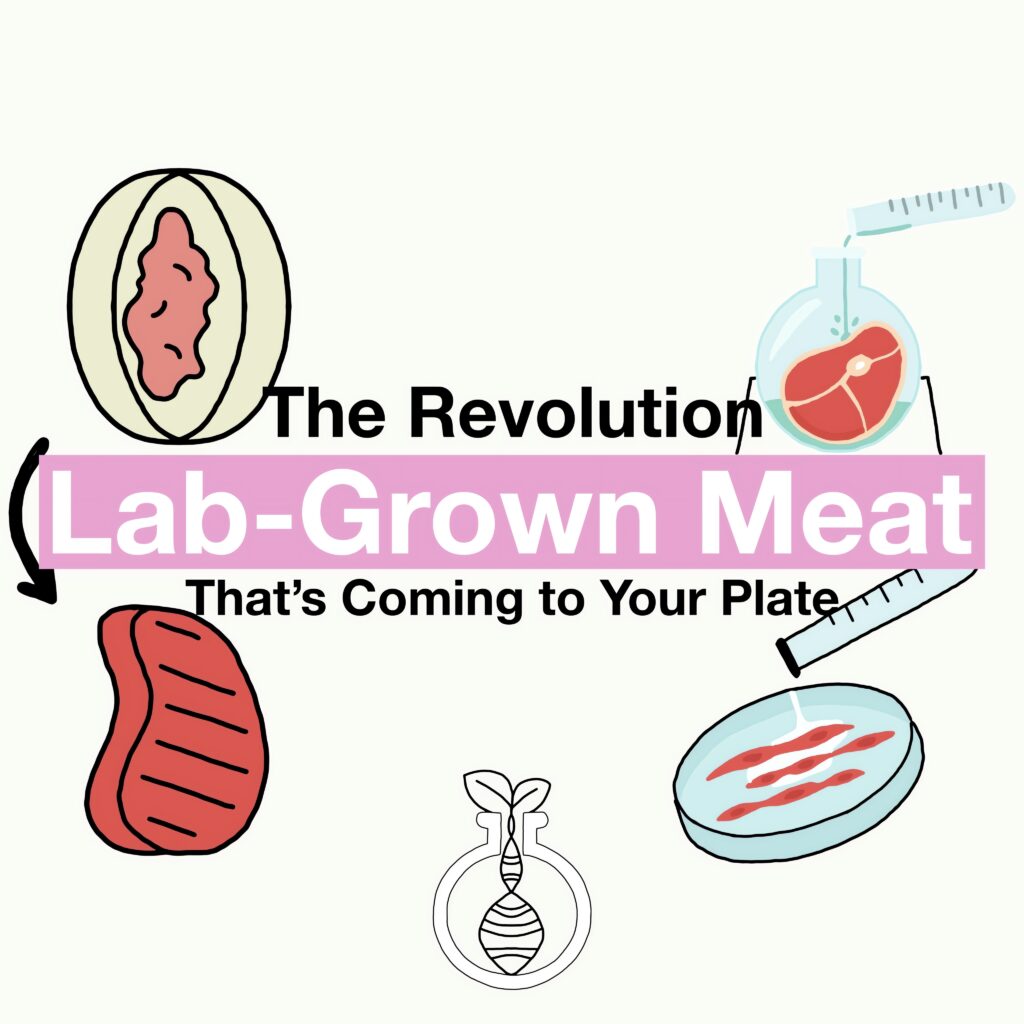Imagine a classic farm. Rolling fields, the scent of earth, the hum of insects, the creak of a tractor in the distance. Now create a network of invisible signals on that image. Tiny sensors beneath the soil, drones hovering like curious birds, satellite eyes watching from orbit, and data flowing like an underground river.
Welcome tos mart farmingwhere the age-old wisdom of agriculture is amplified by the modern technology. It’s not just farming. It’s farming, evolved.
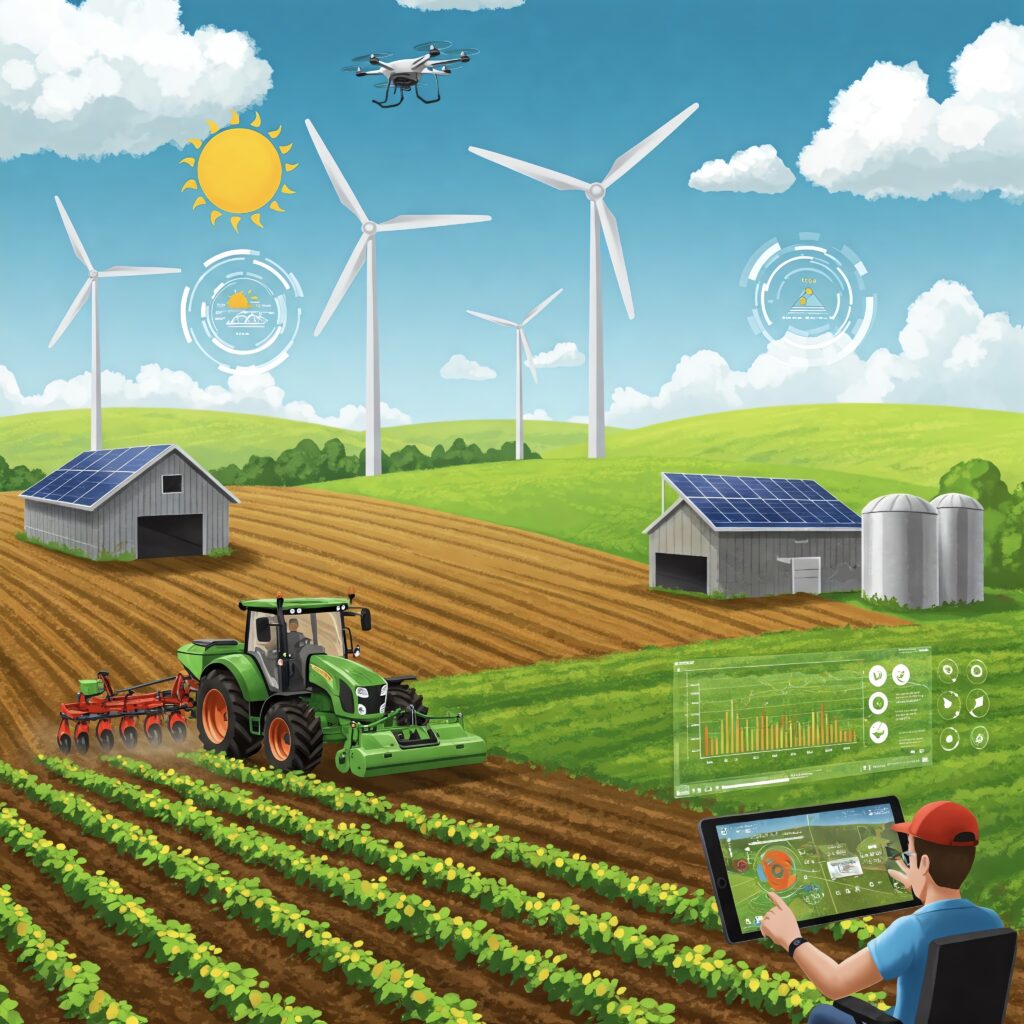
What is Smart Farming?
Smart farming, often called precision agriculture, is the use of advanced technology to monitor, analyze, and improve every part of the farming process. Instead of treating a farm like one giant patch of land, smart farming breaks it down into a living map of micro-enviromentseach plant, each square meter becoming a node in a network. Climate change, the decrease of productive agricultural lands, the alienation of the young generation from agriculture, and increasing productivity and quality are among the goals of smart agriculture. The first production in smart agriculture started with cotton in 1985.
The tools of smart farming include:
–IoT Sensors placed in soil, on plants, or attached to livestock to track moisture, temperature, pH, movement, and health. They tell the farmer exactly what’s happening under the surface.
–GPS and Drone used in map terrain, monitor crop health, an deven apply water or perticides with pinpoint accuracy.
–Sattelite Imaging offering broad, real-time overviews of the crop growth and health.
–Artificial Intelligence and Machine Learning turning mountains of farm data into actionable advice. The system might say, “Hey, last time the humidity hit 80% and temp was over 30°C, you had a pest outbreak. Let’s take action now.”
–Automated Machinery tractors that drive themselves and robots that harvest crops with delicate precision.
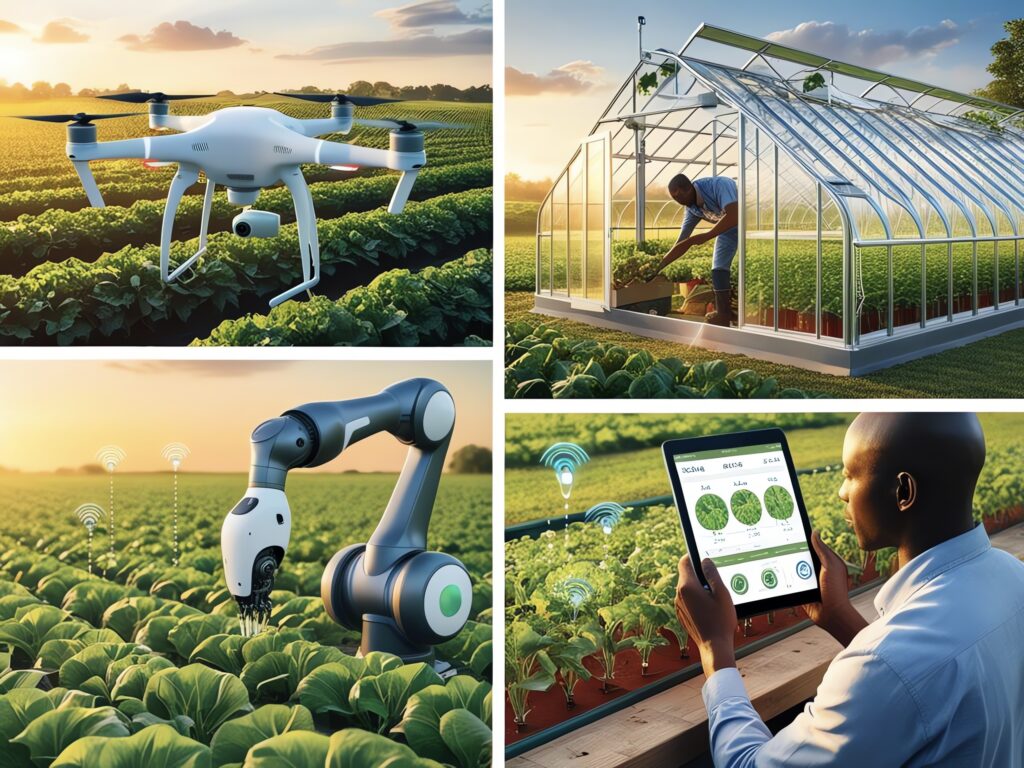
Sustainability: Not Just a Buzzword
We often think of technology as disruptive—but in this case, it’s restorative.
Smart farming helps reduce the overuse of water, fertilizers, and pesticides. It lowers emissions from machinery through efficient route planning. It supports biodiversity by protecting pollinators and reducing runoff into nearby ecosystems.
In a world facing climate change, food insecurity, and dwindling natural resources, smart farming is more than innovation—it’s necessity.
Let’s Dig Deeper: Biology Meets Data
At first glance, biology and technology may seem like an unlikely pair—one rooted in life, the other in code. But smart farming shows us just how intertwined they can be.
- Soil Health Monitoring
Beneath our feet lies a teeming world of microbes, minerals, and moisture. Smart sensors can monitor real-time soil conditions, detecting nutrient deficiencies or harmful imbalances before plants ever show symptoms. It’s like having a microscope underground, watching biology unfold moment by moment. - Precision Irrigation
Instead of spraying an entire field and hoping for the best, smart systems drip-feed water to the exact areas that need it, guided by sensor data and weather predictions. This reduces water waste and keeps plants healthier. It’s hydration by design, not guesswork. - Disease and Pest Detection
Drones equipped with multispectral cameras can spot subtle changes in plant coloration—a sign of disease, stress, or pest invasion. AI algorithms then identify the issue and suggest specific treatments. Think of it as an early warning system, with leaves sending signals like silent SOS messages. - Livestock Management
Wearable tech for animals? Absolutely. Smart collars and sensors can track location, monitor health metrics, and even predict when a cow is ready to calve. The result? Healthier animals, happier farmers, and less loss.
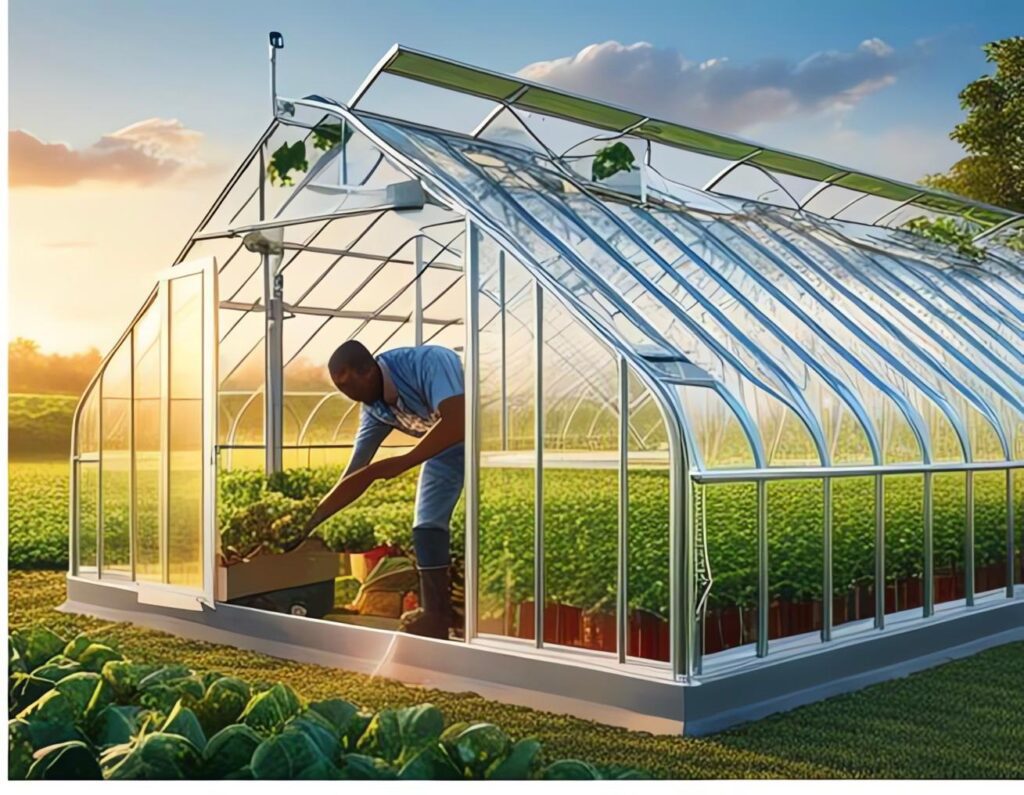
But What About the Farmer?
All this tech doesn’t replace the farmerit empowers them. Imagine being able to predict the next harvest with near-perfect accuracy. Or getting a smartphone alert when your crops are too dry. Or watching a robotic arm pluck ripe strawberries without bruising a single one.
Its not about replacing instinctsits about enhancing them. The soul of farming remains. The feel of the soil, the rhythm of the seasons, the quiet joy of nurturing lifethey’re still there. But now, the farmer walks with data in one hand and tradition in the other.
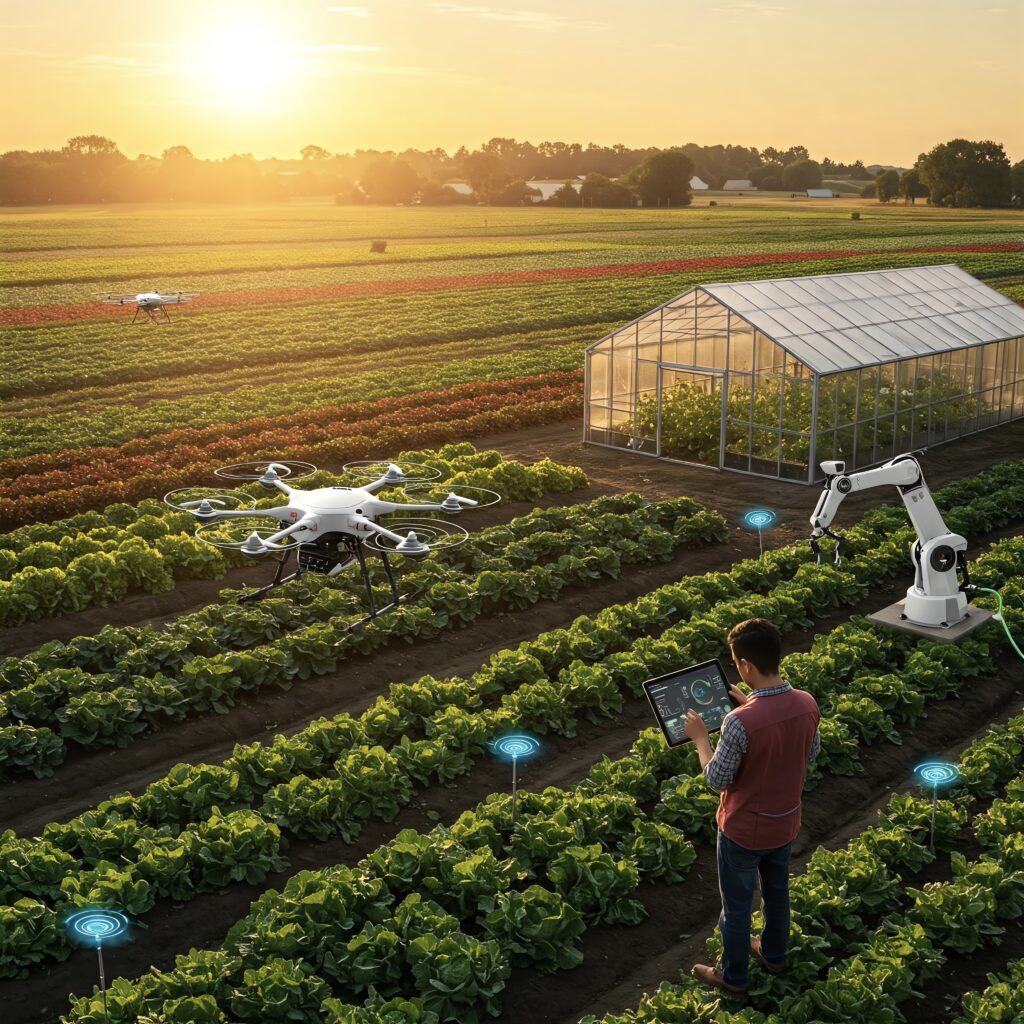
A Fertile Future Ahead
Smart farming isn’t science fiction. It’s here. It’s growing in fields from California to Kenya, from rice paddies to vineyards. And as it spreads, it brings a promise: We can feed more people, more sustainably, with less damage to our planet. Remember: farming has always been about growth. And with smart farming, we don’t just grow crops. We grow ideas, connections, and a future worth harvesting.
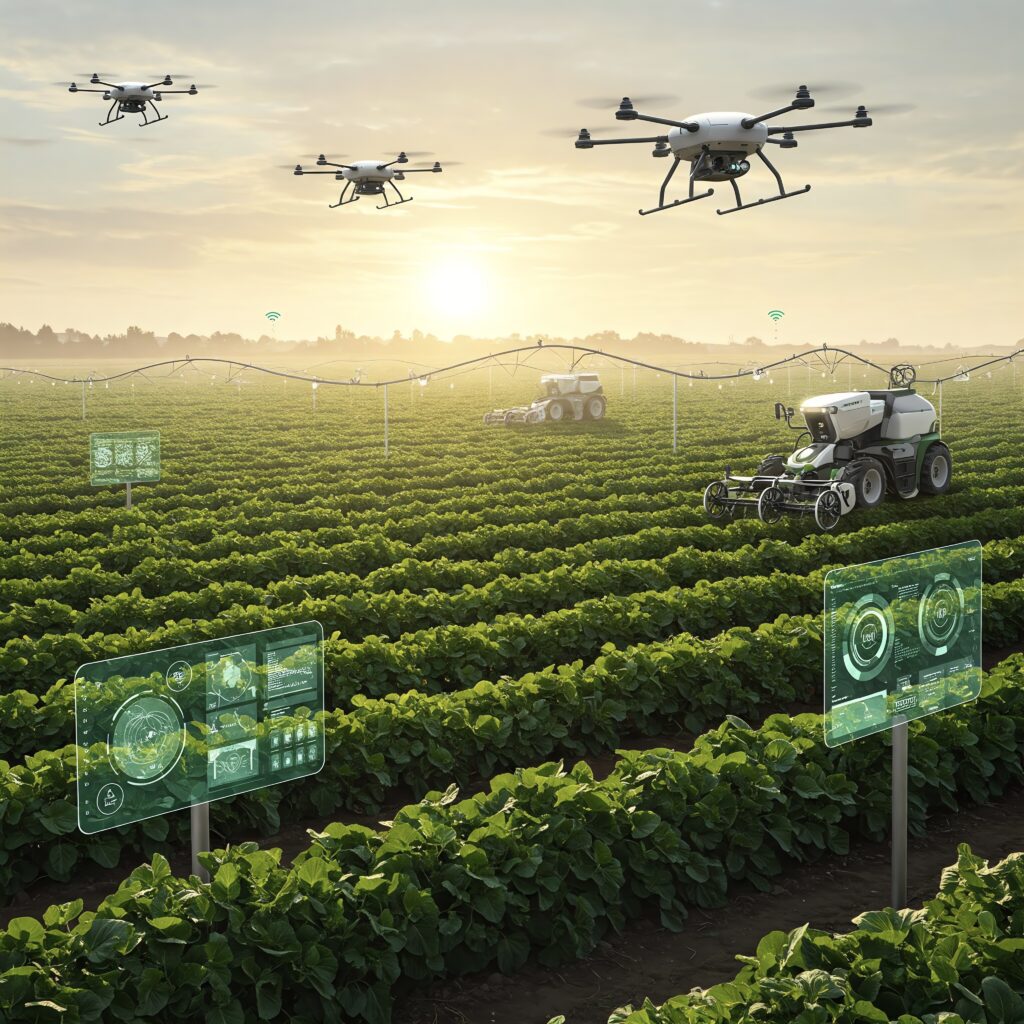
“Smart agriculture needs to be popularized to bring the young generation into agriculture.”
Cem Erdoğan
We got inspired by those articles to create this content


My name is Ceyda Çelik, I am a passionate molecular biology and genetics student at Başkent University and also content writer for Biologyto. With a deep interest in the natural world and scientific exploration, I aim to share engaging, informative content that makes biology accessible and exciting for everyone. I’m dedicated to helping readers discover the wonders of life through science.

